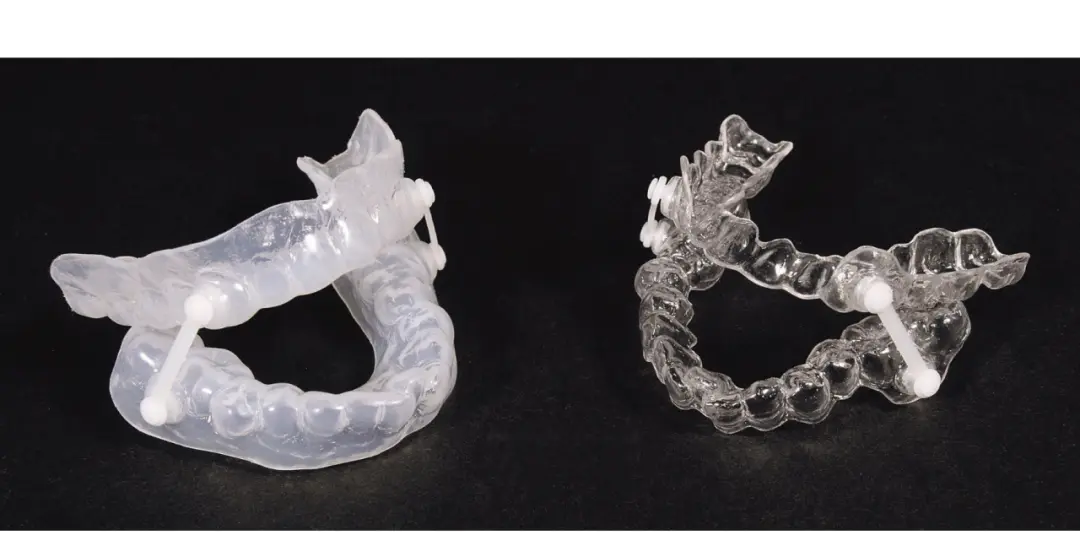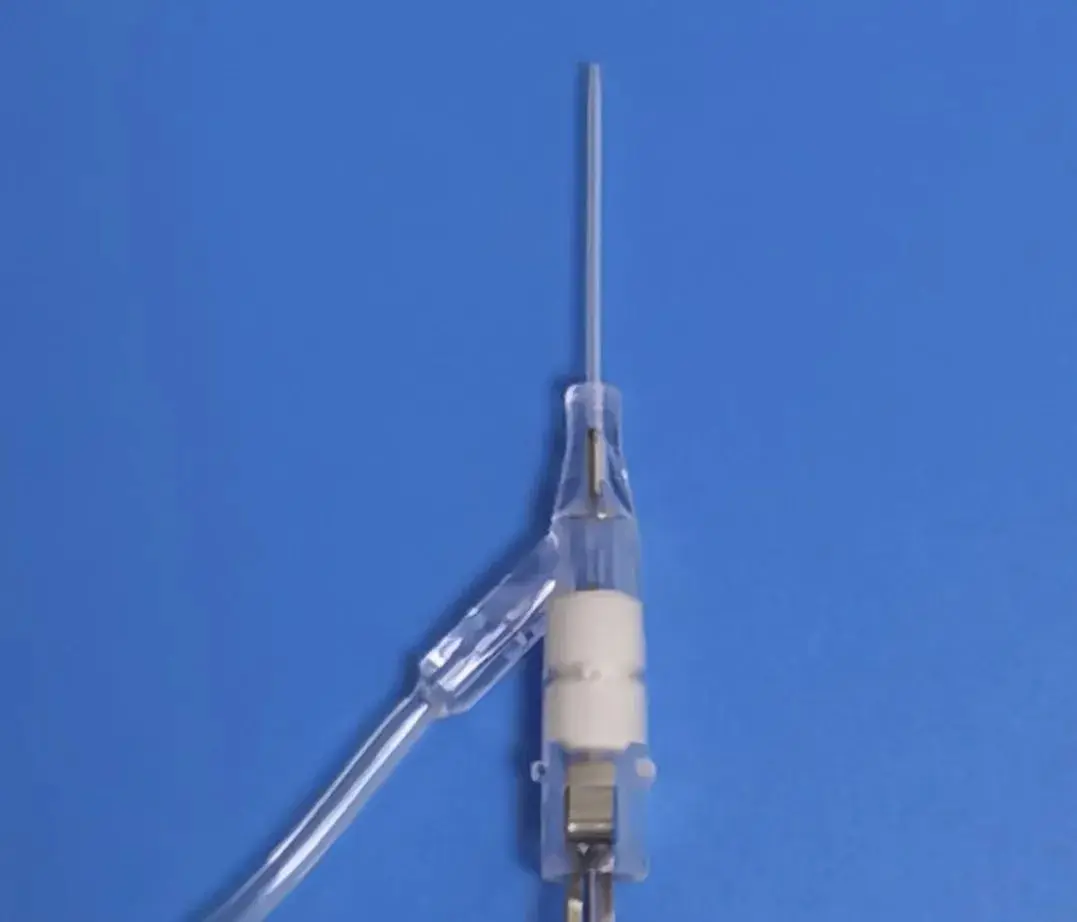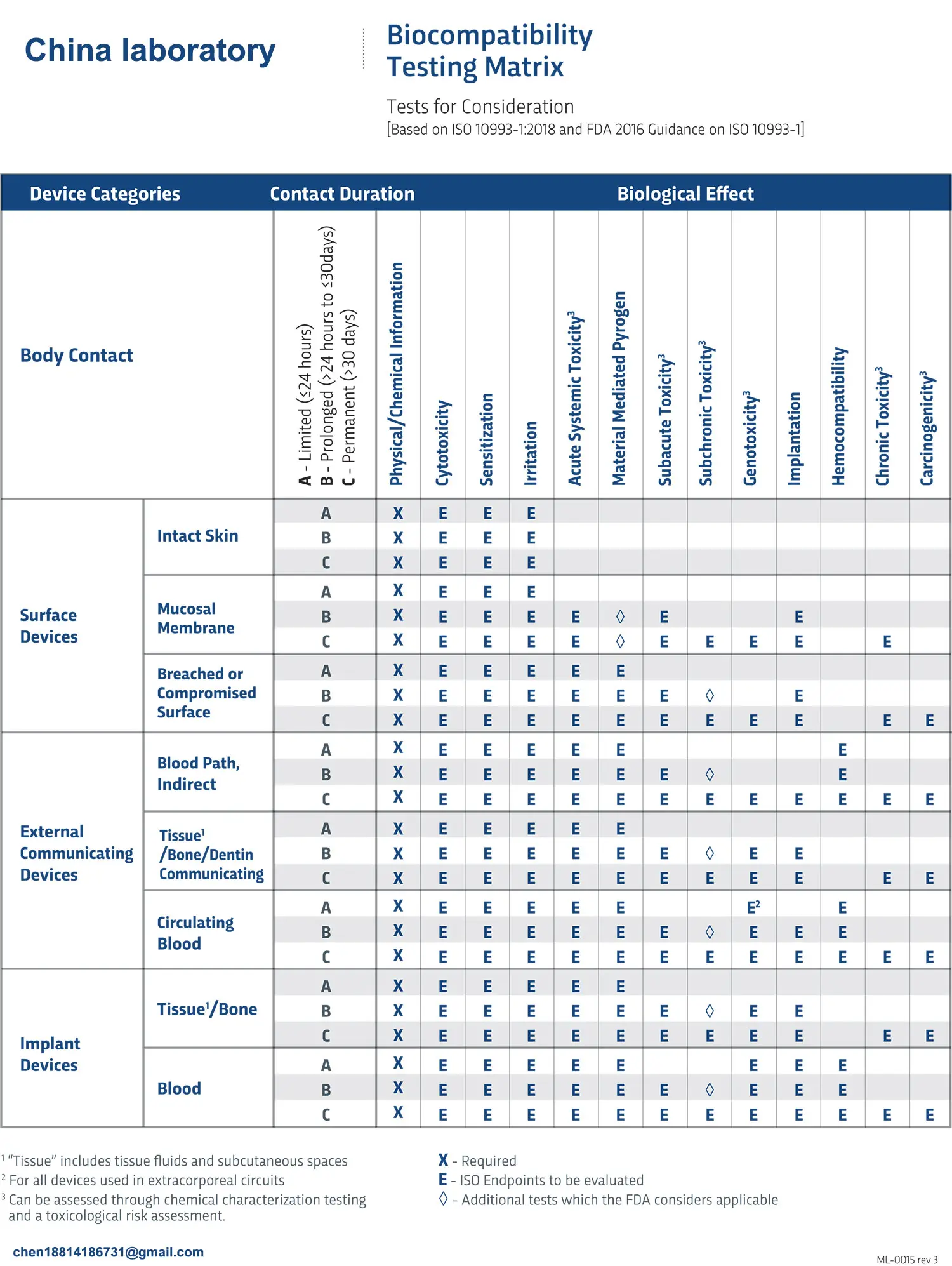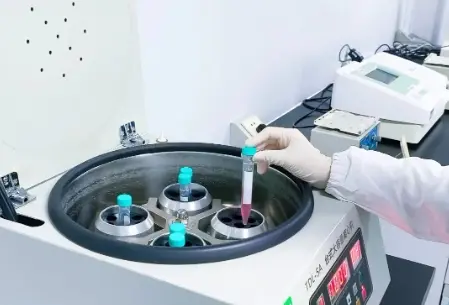
Is Saa the Same as RCM?
rcm certification is a mark introduced in Australia and New Zealand, replacing the previous SAA, C-Tick, and A-Tick marks. This was done to create a unified labeling system for electrical products. The rcm mark is a trademark owned by the regulatory agencies of Australia and New Zealand, indicating that the product complies with both safety and EMC requirements.

RCM certification divides electrical products into two main categories: regulated and non-regulated products. Not all products with the RCM mark need to be registered. Non-regulated products do not require registration, but Level 3 electrical products must be registered. These include 61 high-risk categories such as power adapters and vacuum cleaners. After the requirement was introduced on March 1, 2013, a three-year transition period was given, and it became mandatory from March 1, 2016. Therefore, manufacturers must strictly adhere to the testing standards set forth.
Scope of RCM Certification Services
Australia classifies electrical product risk into three levels:
- Level 1: Low-risk category
- Level 2: Medium-risk category
- Level 3: High-risk category (61 product categories)
Level 1 Certification Requirements: Generally refers to DC-powered products (EMC report provided to apply for RCM certification).
Level 2 Certification Requirements: Generally refers to AC-powered products (EMC report + safety report required to apply for RCM certification).
Level 3 Certification Requirements: For the 61 listed products (EMC report + safety report + a certificate issued by a government regulatory agency or an approved external certification program like SAA) to apply for RCM certification + EESS registration.
For electrical products with a voltage range between 50V to 1000V AC or 120V to 1500V DC, compliance with Australian electrical safety laws is required. From March 1, 2013, products must be registered in the Australian National Database (EESS), display the RCM mark, and then be allowed to be sold in the market.
RCM Certification Application Process
1. Identify and classify the product according to RCM product regulations.
2. Conduct product testing or determine compliance based on existing test reports.
3. Compile and verify the necessary technical and management documentation and draft a declaration of conformity.
4. Appoint a local authorized representative in Australia and New Zealand.
5. Register the product in the Electrical Equipment Safety System (EESS) database.
6. Affix the RCM mark.
Relationship Between SAA, C-Tick, A-Tick, and RCM
saa certification controls safety regulations, C-Tick certification controls EMC and radio products, and A-Tick certification controls telecommunication products. The RCM mark, introduced in 2013, is a certification mark. After obtaining safety certification and electromagnetic compatibility registration, the product can acquire the RCM mark through safety certification regulatory agencies. From March 1, 2016, all electronic and electrical products sold must use the RCM mark, replacing the A-Tick and C-Tick marks. RCM can be understood as a registration system that includes SAA and C-TICK.
Email:hello@jjrlab.com
Write your message here and send it to us
 Toothbrush FDA Certification Testing
Toothbrush FDA Certification Testing
 Snoring Device FDA 510k Standard Testing
Snoring Device FDA 510k Standard Testing
 Single Use Intravenous Catheter Certification Test
Single Use Intravenous Catheter Certification Test
 Silicone Material Product Compliance Certification
Silicone Material Product Compliance Certification
 What to Do If Cytotoxicity Test Results Are Positi
What to Do If Cytotoxicity Test Results Are Positi
 ISO 10993:5 Cytotoxicity Testing Methods
ISO 10993:5 Cytotoxicity Testing Methods
 FDA ISO 10993-1 Biocompatibility Evaluation Guidel
FDA ISO 10993-1 Biocompatibility Evaluation Guidel
 In Vitro Cytotoxicity Testing for Medical Devices
In Vitro Cytotoxicity Testing for Medical Devices
Leave us a message
24-hour online customer service at any time to respond, so that you worry!




